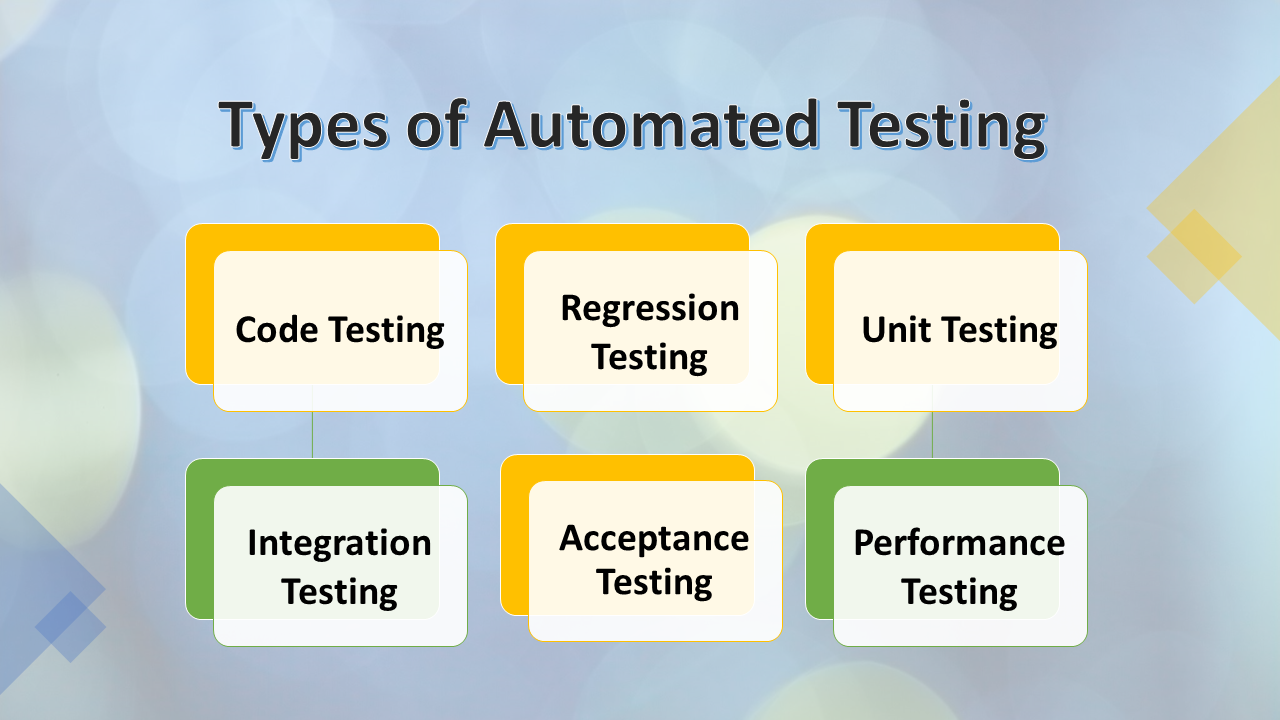The Best Guide to Implementing Automation Testing Effectively
The Best Guide to Implementing Automation Testing Effectively
Blog Article
From Guidebook to Automated Testing: A Comprehensive Overview to Transitioning Smoothly and Effectively
In the realm of software screening, the shift from guidebook to automated processes has ended up being a significantly important shift for organizations seeking to improve performance and accuracy in their screening practices. The journey from manual to automated screening is not without its obstacles, yet when come close to purposefully and with a clear strategy in mind, the benefits can be considerable.
Advantages of Automated Examining
Automated screening offers numerous benefits, boosting efficiency and precision in software growth processes. Automated tests can be run concurrently on multiple devices and operating systems, dramatically speeding up the testing stage contrasted to manual screening.
Moreover, automated testing guarantees a higher degree of precision in detecting problems. Because automated tests comply with predefined scripts, human mistake is lessened, bring about even more dependable test results. Consistency in screening is likewise improved, as automated tests execute the same actions precisely each time they are run. This uniformity is essential in guaranteeing that all functionalities of the software are extensively checked, minimizing the chance of undetected pests slipping through to manufacturing.
Picking the Right Tools

Firstly, analyze your objectives and demands. Understand the extent of your task, the technologies involved, and the capability of your group. This evaluation will certainly assist you determine the abilities and features you need in your screening tools.
Second of all, think about the compatibility of the devices with your existing systems and procedures. Seamless combination with your existing software growth lifecycle is important to ensure a smooth shift to automation.
In addition, examine the scalability and flexibility of the devices. As your screening needs advance, the tools should have the ability to adapt and accommodate modifications effectively.
Lastly, variable in the support and neighborhood around the devices. When executing automated testing, durable support and an active customer community can give useful resources and help. By thoroughly thinking about these elements, you can select the right tools that line up with your requirements and established the stage for an effective change to automated testing.
Creating Effective Examination Manuscripts

When crafting test manuscripts, it is necessary to consider the particular needs of the software program being examined and make certain that the scripts address all important functionalities. Clear and descriptive naming conventions for examination scripts and examination cases can enhance readability and maintainability. Additionally, incorporating error handling systems within the test manuscripts can aid in recognizing and resolving problems promptly.
Furthermore, find arranging test scripts into modular parts can boost reusability and scalability, minimizing redundancy and enhancing effectiveness in examination script upkeep. Normal testimonials and updates to examine scripts are critical to keep pace with progressing software demands and functionalities. By following these principles, testers can create robust and effective test scripts that contribute substantially to the success of automated screening procedures.
Integrating Automation Into Workflows
Efficient integration of automation tools into existing workflows simplifies procedures and boosts efficiency within software application growth cycles. When including automation into process, it is important to recognize repetitive tasks that can be automated to conserve time and decrease human error. By flawlessly integrating automated testing devices like Selenium or Appium into the software development lifecycle, groups can attain faster feedback on code changes, leading to quicker bug discovery and resolution. This integration enables continual screening throughout the advancement process, making sure that any problems are identified at an early stage, leading to greater software quality. Furthermore, automation can be utilized to activate tests immediately after each code devote, offering immediate recognition and freeing up testers to concentrate on more facility circumstances. Correct assimilation of automation devices calls for collaboration in between advancement, screening, and procedures teams to develop a unified workflow that enhances effectiveness and effectiveness in providing top quality software.
Ensuring a Smooth Transition
Efficiently transitioning to automated screening includes precise planning and careful execution to optimize and minimize interruptions efficiency in the software application advancement procedure - automation testing. To make certain a smooth transition, it is important to begin by carrying out a thorough assessment of the current testing processes and identifying locations where automation can bring one of the most significant advantages. Involving with all stakeholders beforehand at the same time, including developers, testers, and task managers, is crucial for amassing assistance and buy-in for the automation initiative
Communication is vital throughout this transition phase. Clear interaction of the objectives, benefits, and expectations of automated screening helps to take have a peek here care of any kind of resistance or concerns that may emerge. Furthermore, giving appropriate training and sources for staff member to upskill in automation devices and strategies is vital for making certain a successful change.

Conclusion
Finally, transitioning from handbook to automated testing uses many advantages, including raised performance and dependability. By picking the appropriate tools, creating effective examination manuscripts, and incorporating automation perfectly right into workflows, companies can guarantee a smooth and successful shift. It is vital to welcome automation as an important property in software screening processes to boost general quality and productivity.
In the realm of software program screening, the change from handbook to automated processes has come to be a progressively essential change for companies seeking to improve effectiveness and precision in their testing practices. Automated tests can be run concurrently on several tools and running systems, significantly speeding up the testing phase contrasted to manual testing. Consistency in screening is additionally improved, as automated tests carry out the very same actions specifically each time they are run.To make certain the successful execution of picked screening tools, the development of efficient examination scripts plays an important duty in verifying the capability and performance of automated processes - automation testing. By complying with these concepts, testers can create reliable and robust test scripts that add dramatically to the success of automated screening procedures
Report this page